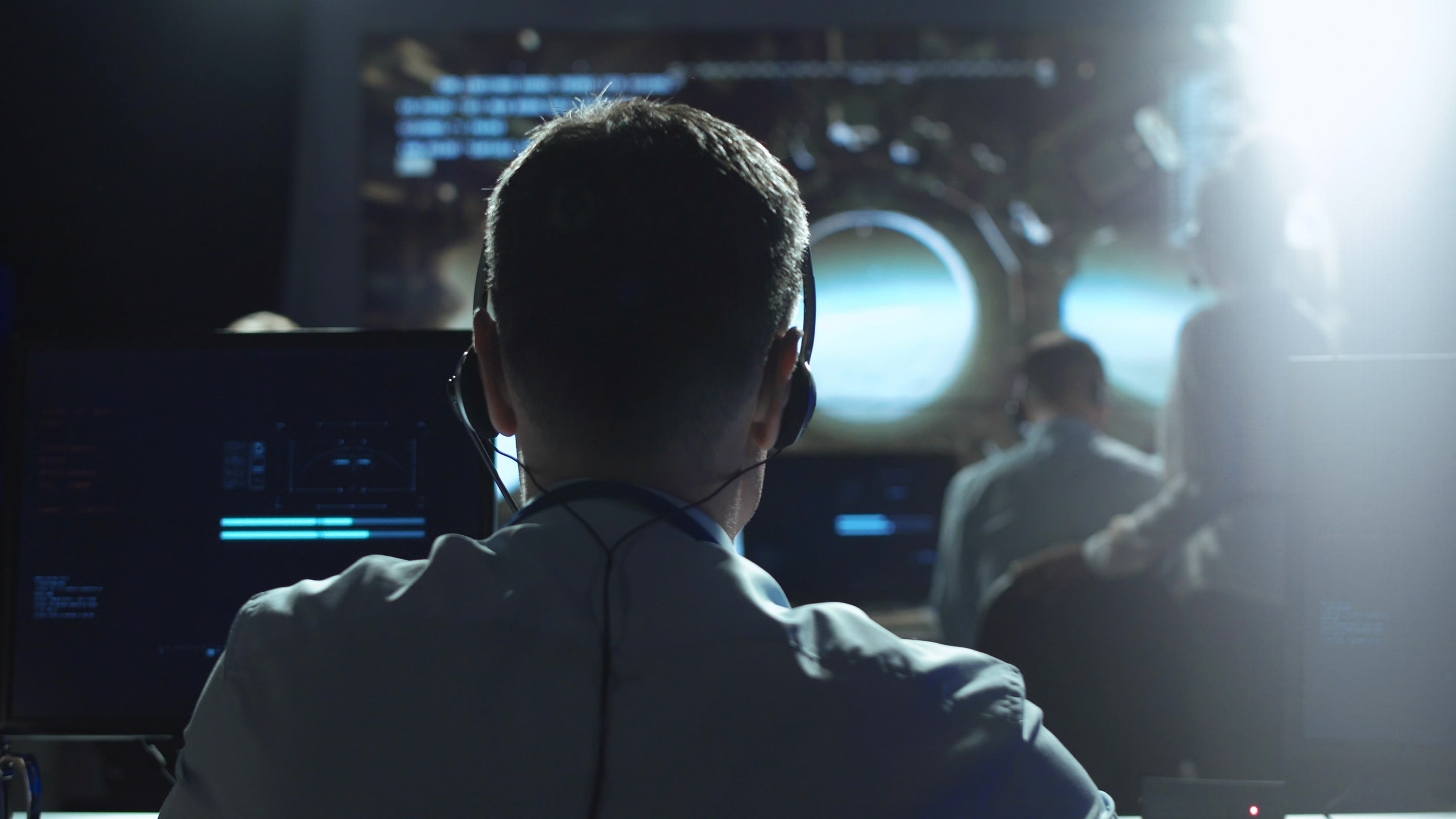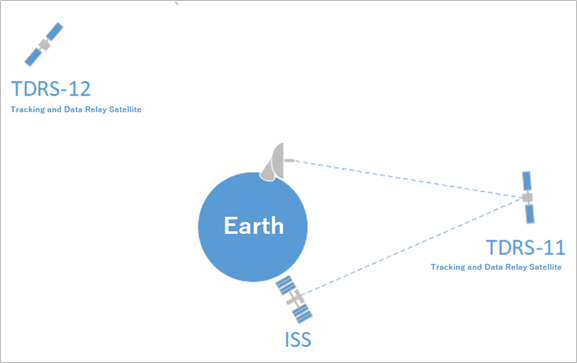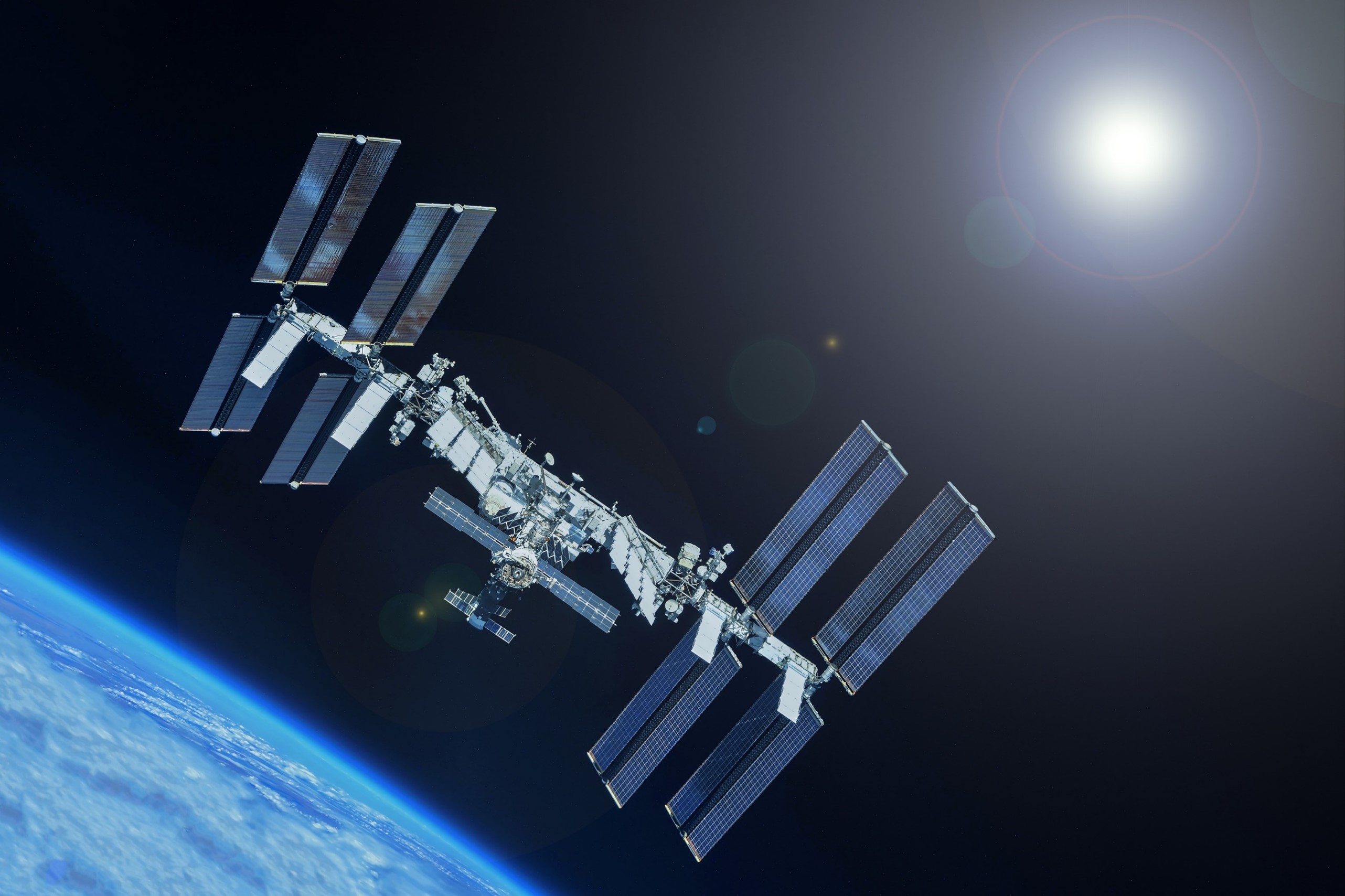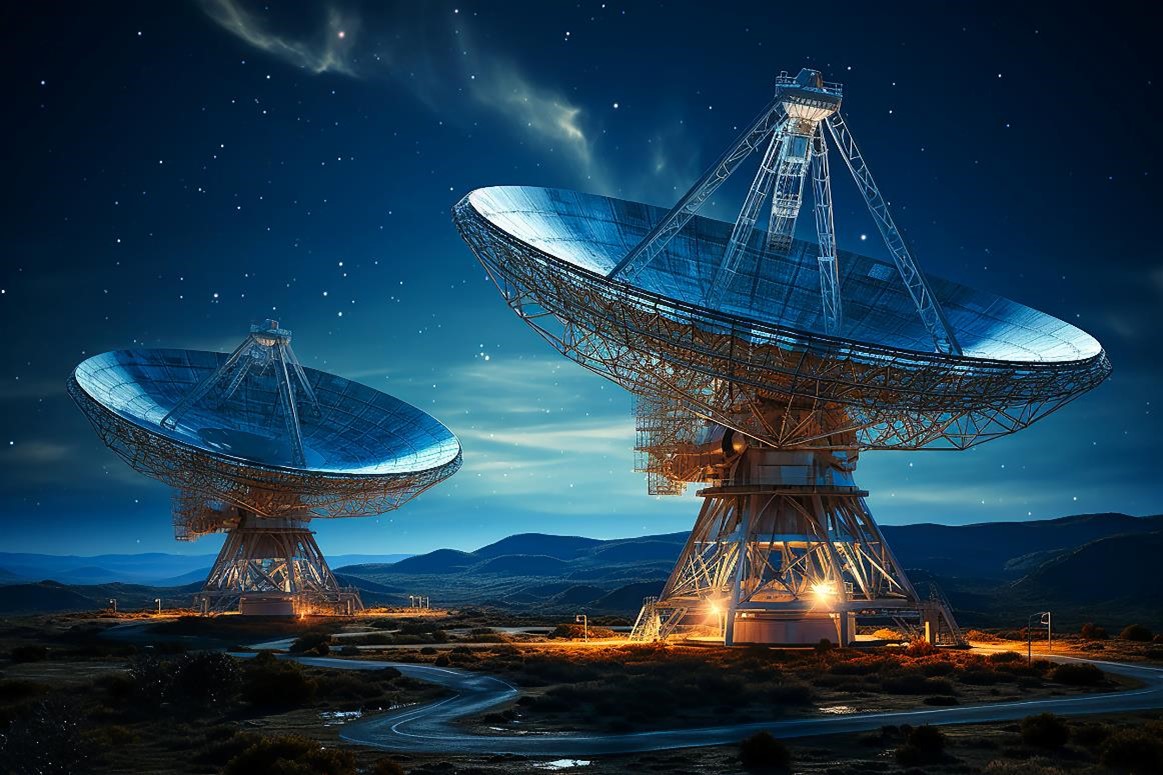- 2024.02.02 Fri
Communication with the International Space Station (ISS) - What differs from us earthlings?


“Utilization Tips" feature space industry experts who share their expertise. Let’s learn from Mr. Kawaguchi, who has been supporting the utilization of the Japanese Experiment Module, “Kibo".
● Author’s message
The International Space Station (ISS) is not always connected to the ground like our smartphones – but why? Let’s take a look at the reasoning behind it.
● Auther
Satoshi KAWAGUCHI (JAMSS)
Utilization Promotion Group, ISS Utilization and Operation Department
● Profile
Satoshi is in charge of system development at JAXA’s Tsukuba Space Center to receive images and data from the ISS. Ever since the Japanese Experiment Module “Kibo" began its operations in 2008, he has been the forefront for analyzing images and data acquired from experiments and events on the ISS.
Perhaps you have witnessed the communication exchanges between astronauts onboard the ISS and ground control on television. If so, you may have observed a short pause of a few seconds between the ground’s question and the astronaut's response. In our increasingly interconnected world, where videoconferencing allows us to communicate with friends and business partners globally, you may have noticed the same delay – it’s just that ISS takes longer. Is it natural to think that this delay only happens because the ISS is so far away? Think about it - how high does the ISS fly? Well, surprisingly, the ISS orbits the earth at an altitude of "only" 400 km (250miles), just a little beyond the distance from Tokyo to Nagoya in Japan, which is approximately 350 km (217miles).
So you might ask, given the relatively short distance, why does it take longer to communicate with the ISS than with the ground? Many of you may already have the answer in your head – this delay occurs because the ISS and the ground do not communicate directly with each other; instead, they relay through communication satellites in between.

Currently, communication between the ISS and the ground primarily relies on U.S. data relay satellites, known as TDRS, located at an altitude of about 36,000 km one-way to TDRS. Thus, a one-way communication trip from ground to TDRS makes the trip as close as one orbit of the earth.

So why opt for communication-delaying relay satellites instead of direct communication between the ISS and the ground, and what factors contribute to this decision? The reasons are related to the ISS's (1) altitude, (2) speed, and (3) the Earth's rotation.
(1) Height
As mentioned above, the ISS orbits at an altitude of 400 km (about 250 miles), limiting the area on the ground visible or communicable by the ISS to approximately 3% of the Earth's surface, considering the size of the Earth (radius of about 6,400 km or 3,800 miles).
(2) Speed
Since the ISS orbits the Earth once every 90 minutes, the area on the ground visible from the ISS is constantly in motion.
(3) Earth‘s Rotation
Furthermore, since the earth is also rotating in conjunction, when the ISS completes a full orbit around the earth and returns to its initial orbital position, the area of the ground that was previously visible will have shifted westward.
Therefore, if the means of communication was to be direct only, there is only a short period that the ISS can communicate with a given ground station. At night, you can actually see with your own eyes how fast the ISS moves by checking the link below on when the ISS will pass over your area.
Spot The Station | NASA

Regarding the relay satellites, while there is limited time for direct communication between the ISS and the ground, what about between the ISS and the relay satellites?
Firstly, between the ground and the relay satellites. These relay satellites are positioned in a special orbit called a "geostationary orbit", enabling them to synchronize their orbital movement with the Earth’s rotation speed. This allows them to always be visible from a given ground station, ensuring constant communication between the ground and the relay satellites.
Secondly, while the ISS and a single relay satellite cannot communicate with each other when the ISS is on the opposite side of the earth from the relay satellite, they are capable of communicating with each other for about half the duration of ISS's single orbit around the earth. Given this fact, by using multiple relay satellites in different positions while ISS constantly switching over to them, the ISS is able to communicate with the ground about 80% of the time.
I trust you now learned that while connectivity is ensured whenever your smartphone receives good signal, this is not always the case with the ISS. This distinction is crucial when contemplating the use of the ISS for events or experiments.
Currently, there are plans for a commercial ISS in Low Earth Orbit (LEO = satellite orbit at an altitude of 2,000 km or less). Once realized, new communication routes will be established, potentially enhancing the convenience of utilizing the ISS.
My company, JAMSS, is also working on issues related to ISS communications. If you are interested, please refer to the following.
AWS Blog Japan Manned Space Systems uses AWS Snowcone to automate and optimize data delivery from space to Earth

Source:(英語サイト)
Tracking and Data Relay Satellites(NASA公式サイト, 英語)



